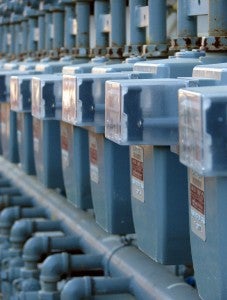 A survey released this month by a top management consulting firm found that 80 percent of the companies polled – including Apple, Google and Tesla – rank innovation among their top three strategic priorities. Unfortunately, the nation’s utility sector seems to be behind the curve when it comes to embracing this idea.
A survey released this month by a top management consulting firm found that 80 percent of the companies polled – including Apple, Google and Tesla – rank innovation among their top three strategic priorities. Unfortunately, the nation’s utility sector seems to be behind the curve when it comes to embracing this idea.
Utility companies invested just 0.1 percent of revenue in research and development in 2013, according to the National Regulatory Research Institute. That’s less than 1/30th the national average of 3.3 percent for all industries. In fact, R&D spending by energy utilities has declined in absolute terms since the mid-90s. But that’s only one piece of the problem. There’s also the related problem of low adoption of new technologies by the sector, which some have attributed to a culture of caution.
That’s why it was so noteworthy when Public Service Electric & Gas Company (PSE&G), New Jersey’s largest and oldest publicly-owned utility, announced it will use data gathered by EDF using cutting-edge leak quantification technology to prioritize a massive $905 million pipeline replacement program. After assessing public safety considerations, PSE&G will use data on methane emissions from its pipes to identify those most in need of replacement. Read More




